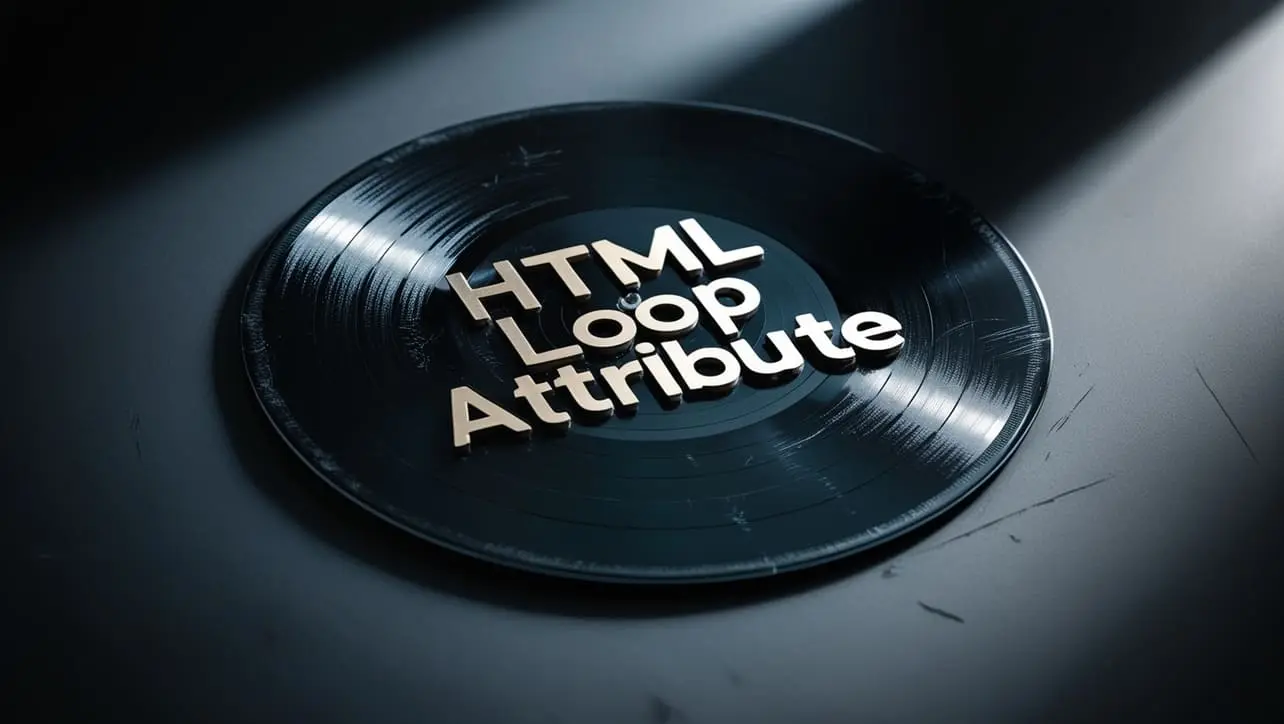
HTML Basic
HTML Reference
- HTML Tags
- HTML Deprecated Tags
- HTML Events
- HTML Attributes
- accept
- accept-charset
- accesskey
- action
- align
- alt
- as
- async
- autocomplete
- autofocus
- autoplay
- bgcolor
- border
- charset
- checked
- cite
- class
- color
- cols
- colspan
- content
- contenteditable
- controls
- coords
- data
- data-*
- datetime
- default
- defer
- dir
- dirname
- disabled
- download
- draggable
- enctype
- enterkeyhint
- for
- form
- formaction
- headers
- height
- hidden
- high
- href
- hreflang
- http-equiv
- id
- inert
- inputmode
- ismap
- kind
- label
- lang
- list
- loop
- low
- max
- maxlength
- media
- method
- min
- multiple
- muted
- name
- novalidate
- onabort
- onafterprint
- onbeforeprint
- onbeforeunload
- onblur
- oncanplay
- oncanplaythrough
- onchange
- onclick
- oncontextmenu
- oncopy
- oncuechange
- oncut
- ondblclick
- ondrag
- ondragend
- ondragenter
- ondragleave
- ondragover
- ondragstart
- ondrop
- ondurationchange
- onemptied
- onended
- onerror
- onfocus
- onhashchange
- oninput
- oninvalid
- onkeydown
- onkeypress
- onkeyup
- onload
- onloadeddata
- onloadedmetadata
- onloadstart
- onmousedown
- onmousemove
- onmouseout
- onmouseover
- onmouseup
- onmousewheel
- onoffline
- ononline
- onpagehide
- onpageshow
- onpaste
- onpause
- onplay
- onplaying
- onpopstate
- onprogress
- onratechange
- onreset
- onresize
- onscroll
- onsearch
- onseeked
- onseeking
- onselect
- onstalled
- onstorage
- onsubmit
- onsuspend
- ontimeupdate
- ontoggle
- onunload
- onvolumechange
- onwaiting
- onwheel
- open
- optimum
- pattern
- placeholder
- popover
- popovertarget
- popovertargetaction
- poster
- preload
- readonly
- rel
- required
- reversed
- rows
- rowspan
- sandbox
- scope
- selected
- shape
- size
- sizes
- span
- spellcheck
- src
- srcdoc
- srclang
- srcset
- start
- step
- style
- tabindex
- target
- title
- translate
- type
- usemap
- value
- width
- wrap
- HTML Global Attributes
- HTML Status Code
- HTML Language Code
- HTML Country Code
- HTML Charset
- MIME Types
HTML loop Attribute

Photo Credit to CodeToFun
🙋 Introduction
The loop attribute is a powerful feature in HTML introduced to improve the efficiency and readability of looping structures.
It is used in conjunction with the <audio> and <video> elements to define a loop for media playback.
This attribute simplifies the process of creating repetitive media content, enhancing the user experience on web pages.
🎯 Purpose of loop
The primary purpose of the loop attribute is to specify whether a media element should automatically restart and play again once it reaches the end.
By default, media elements play once and then stop.
The loop attribute provides a straightforward way to create seamless and continuous playback loops for audio and video content.
💎 Values
The loop attribute accepts a boolean value:
- true: This value indicates that the media content should loop indefinitely. Once the media reaches the end, it will automatically restart.
- false (default): This value indicates that the media content should play only once and then stop.
📄 Example
Let's look at a simple example of how to use the loop attribute with an HTML <video> element:
<video width="320" height="240" controls loop="true">
<source src="example.mp4" type="video/mp4">
Your browser does not support the video tag.
</video>🧠 How it Works
In this example, the loop attribute is set to true, ensuring that the video will continuously loop once it reaches the end.
🔄 Dynamic Values with JavaScript
You can also dynamically set the loop attribute using JavaScript.
This can be useful when you want to control the looping behavior based on certain conditions or user interactions. Here's a brief example:
<script>
// Dynamically set loop for a video element
var videoElement = document.getElementById("dynamicVideo");
videoElement.loop = true;
</script>🧠 How it Works
In this script, the loop attribute is dynamically set to true for a video element with the id dynamicVideo. This flexibility allows you to adjust the looping behavior dynamically based on your application's requirements.
🏆 Best Practices
- Use the
loopattribute when you want media content to play continuously, such as background videos or ambient audio. - Be mindful of the potential impact on user experience when using looping media. Consider providing controls to allow users to pause or mute the content.
- Test your media elements across different browsers to ensure consistent behavior, as browser support for the
loopattribute may vary.
🎉 Conclusion
The loop attribute is a valuable addition to HTML, providing a straightforward way to create looping media content on web pages.
Whether you're incorporating background videos or ambient audio, understanding and utilizing the loop attribute can greatly enhance the multimedia experience for your users.
👨💻 Join our Community:
Author

For over eight years, I worked as a full-stack web developer. Now, I have chosen my profession as a full-time blogger at codetofun.com.
Buy me a coffee to make codetofun.com free for everyone.
Buy me a Coffee












If you have any doubts regarding this article (HTML loop Attribute), please comment here. I will help you immediately.